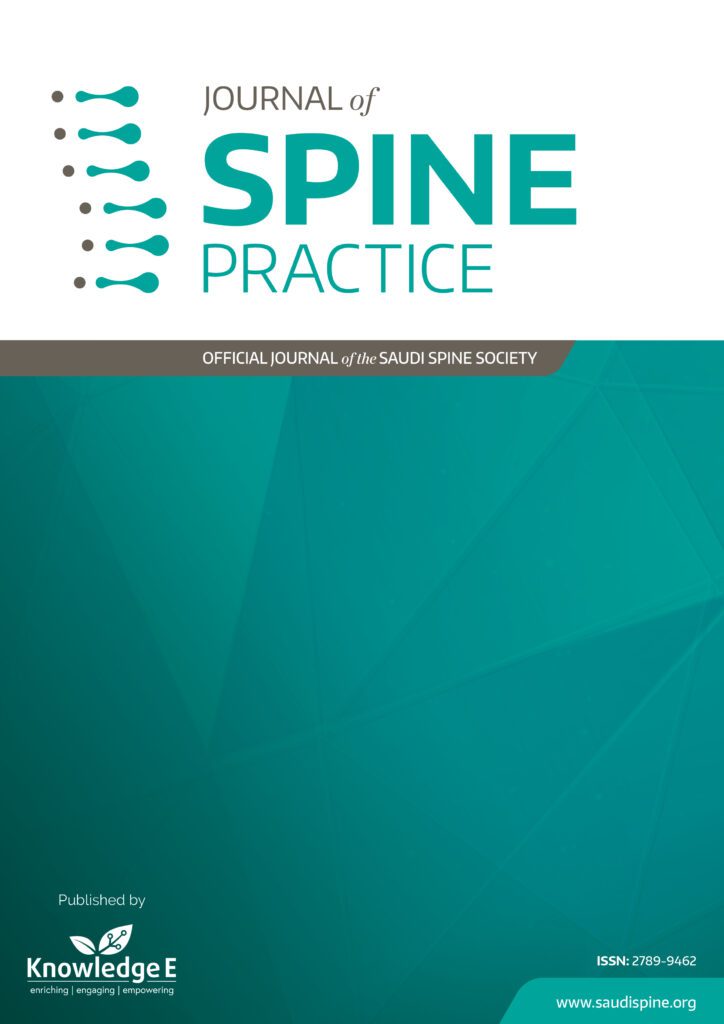
Journal of Spine Practice
ISSN: 2789-9462
Leading research in all spine subspecialties focusing on orthopaedic spine, neurosurgery, radiology, and pain management.
Comparison of Pain Location and Extent Between Adults with Ankylosing Spondylitis-related Inflammatory versus Chronic Nonspecific Low Back Pain
Published date: Nov 07 2021
Journal Title: Journal of Spine Practice
Issue title: Journal of Spine Practice (JSP): Volume 1, Issue 1
Pages: 17
Authors:
Abstract:
Introduction: Pain among adults with ankylosing spondylitis-related inflammatory low back pain (AS-ILBP) is not well-characterized, and individuals with AS-ILBP are frequently misdiagnosed with chronic nonspecific low back pain (CNSLBP). This study digitally quantifies and compares the location and extent of pain between adults with AS-ILBP and those with CNSLBP and examines the relationship between the pain extent and functional, psychological, and condition-specific factors in those with AS-ILBP.
Methodology: The location and extent of pain in adults with AS-ILBP (n = 27) or CNSLBP (n = 22) was quantified using a digital pain drawing analysis. Relationships between pain extent and perceived pain intensity and disability, pain-related cognitive factors (back beliefs, fear of movement, pain catastrophizing, pain coping, and self-efficacy), psychological distress, and AS-specific features were examined in those with AS-ILBP.
Result: Pain extent in the dorsal region of the body was greater in those with AS-ILBP than in CNSLBP (P < 0.05). In AS-ILBP, the most prevalent pain location was the lumbar region (88.9%), followed by the buttock (70.4%); the frequencies of reported pain in these regions were similar between groups (P > 0.05). The AS-ILBP group more frequently reported pain in the thoracic (70.4%) and cervical (51.8%) regions (P < 0.05). In the AS-ILBP group, larger pain extent was moderately associated with negative back beliefs (rs = –0.44 to –0.41, P < 0.05) and lower self-efficacy (rs = –0.58 to –0.42, P < 0.05), but not with any of functional outcomes. Larger pain extent was associated with higher disease activity (P < 0.05).
Conclusion: Adults with AS-ILBP perceive larger pain extent in spinal regions and the degree of pain extent is associated with negative back beliefs, lower self-efficacy, and higher disease activity. Pain drawings may assist in the differential diagnosis of CNSLBP and AS-ILBP. Further, they may aid psychological screening in adults with AS-ILBP.
References: